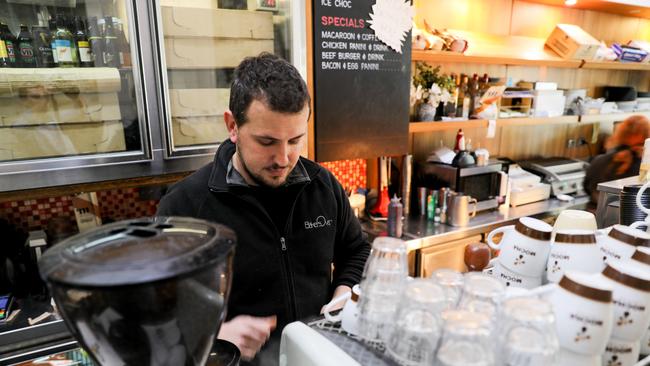
Those “discretionary trusts” who fall into the ATO trap could be hit with a 47 per cent tax on their 2021-22 earnings at a time when interest costs are rising.
The ATO trap is aimed to ensnare a vast number of tradies, small retailers and a wide variety of other family enterprises and is part of a carefully planned set of actions by fiefdoms in the ATO to make family trusts more complex and easier to attack.
Most big family enterprises with top advisers will avoid the ATO traps. It’s the smaller family enterprises whose accounting advisers are under resourced or inexperienced in trusts complexities that will be caught
Accordingly, today I issue a special plea to the hundreds of thousands of family enterprises and asset bases that are organised in discretionary trusts plus their accounting advisers to take the required ATO trap avoidance action before June 30.
Readers will be familiar with the work of John Dahlsen in revealing the bad ATO practices in the top 500 private enterprises.
Most of these big enterprises can afford top tax advisers but Dahlsen believes there are many hundreds of thousands of smaller family businesses organised in trusts that will be caught unawares — exactly what the ATO is hoping for. He has prepared a special easy to read paper to help trustees and their advisers avoid the ATO trap and the nation avoid a severe blow to its family businesses.
For hundreds of years trusts have calculated their surplus and then decided how to distribute that surplus among trust beneficiaries. But the Australian tax act had an obscure set of clauses which have been interpreted by the High Court to mean that before June 30 — and before the trust knows its net income — a trust must decide who is going to receive and the proportional break up of that yet to be determined income.
And if the trust does not decide the distribution beneficiaries and their proportional entitlement before June 30 each year and before the income is known then the trap snaps — the ATO can levy the 47 per cent tax.
The High Court agreed it was unfair but unfairness is embedded in parts of the ATO and arguably the greatest failing of the Morrison government was not to enact a tax payers’ bill of rights.
My guess is that the ATO heavies will not immediately machine gun trusts but will delay action so they can levy interest and penalties or use the threat of “no declaration before June 30” to force families to agree to concocted and inflated tax bills.
Many families backdate documents as a matter of routine. The ATO will uncover such manoeuvres and may even use their existence against accounting firms — the ruthless ATO then has leverage over the accounting firms and the advice they give to clients.
Here are some of the points from the Dahlsen paper.
– The distribution of a present entitlement does not require the consent of the recipient beneficiary. It is not a contract but a unilateral declaration being the creation of equitable rights by way of an unconditional declaration of trust
– Advisers must continue to craft resolutions for trusts documented and completed before years end that provide a proportion or percentage of the taxable income of the trust be distributed to specific beneficiaries.
– The ATO focuses on trusts partly because there are various plans where the creator of the trust or trustees retrieve the income from the beneficiary’s entitlement without the approval of that beneficiary. This particularly happens with children who never make the decisions on where their income is spent but their “entitlement” to income is really part of a scheme to lower the overall tax paid by the family or tax paying group. This is damaging the legitimacy of discretionary trusts and the ATO is entitled to be active in this area.
– To help smaller taxpayers, the ATO should not only prepare a very definitive statement on the law, but ATO should send that statement to all trusts giving them the opportunity to get sophisticated advice before years end.
– Where are all the tax advisory firms and the associations dealing with tax? Too many people are making money out of the complexity of the tax system and not driving for reform. Everyone is very comfortable. Why stir? You don’t get anywhere. You cannot cure the cancer. It is all inevitable.








As family enterprises around the land brace for the impact of higher interest rates, the Australian Taxation Office has set a tax trap for the hundreds of thousands of family businesses organised in trusts. And what makes the ATO trap so lethal to families is that avoidance requires actions that makes no sense.